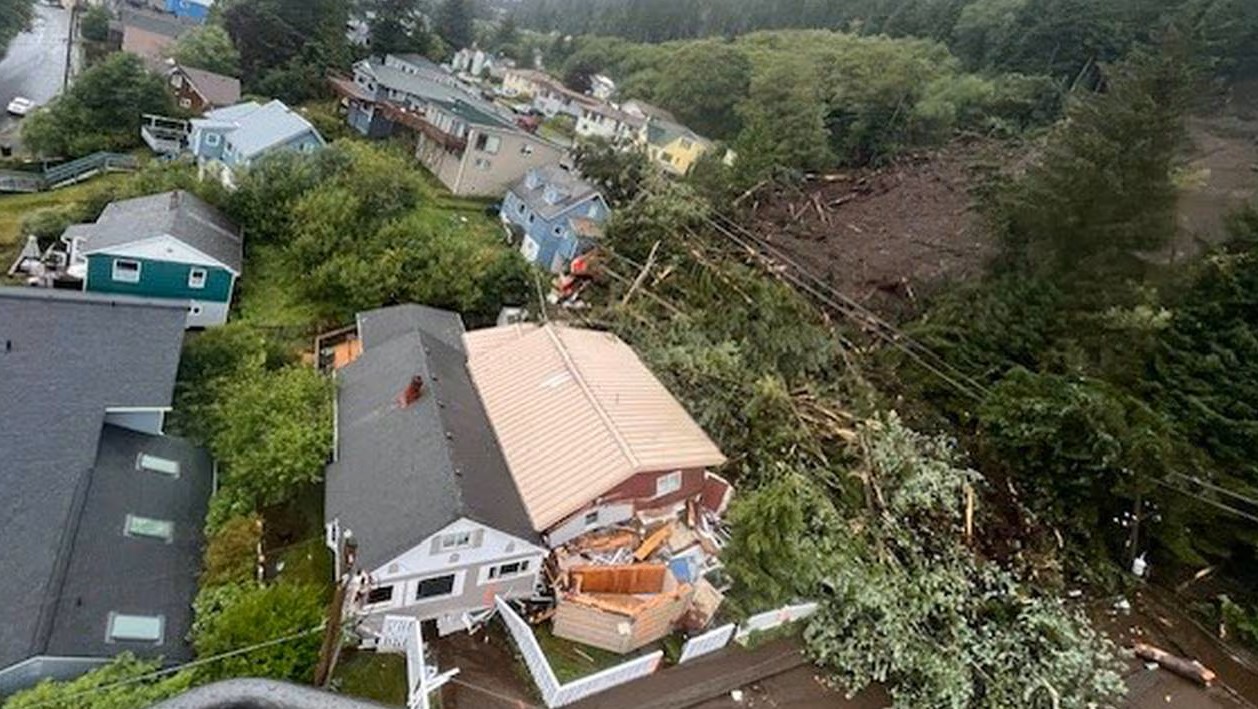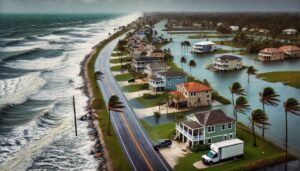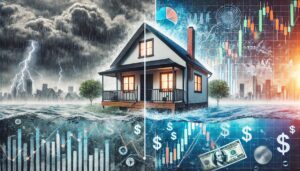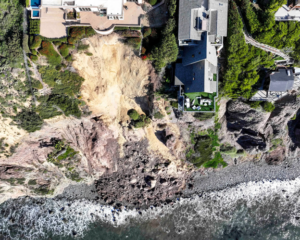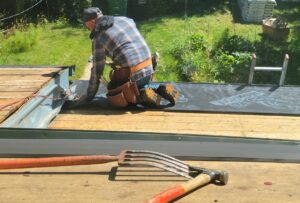When evaluating real estate investments, most people focus intently on the property itself. Is the structure sound? What’s the value trajectory? What improvements can increase profitability? These are critical questions, but they only paint part of the picture. In reality, the broader community context—the climate, geography, property risk indicators and local resilience—is equally crucial to understanding risks and opportunities.
Take Ketchikan, Alaska, for example. As Alaska warms nearly twice as fast as the global average, its communities are experiencing heightened risks. Melting permafrost undermines infrastructure, rising sea levels erode coastlines, and more intense rainfall leads to landslides. These community-level challenges not only endanger the homes within them but also reshape the financial landscape for real estate investors. For those investing in or owning properties in such regions, the question isn’t just what is happening on the property, but also what is happening around it.
Why Context Matters More Than Ever
Climate risks have evolved beyond being theoretical. They’re real, they’re local, and they’re already impacting communities. Consider two properties: one perched atop a bluff overlooking scenic waters, and another nestled within a coastal neighborhood. While the first might seem idyllic, a nearby landslide triggered by heavy rainfall could result in catastrophic losses—not just for one property but for an entire area.
This is the “hidden cost” of ignoring community context. It’s not enough to know that extreme weather or climate risks exist in general; it’s essential to understand how those property risk indicators play out in specific neighborhoods and ecosystems. A property’s financial viability is shaped by regional factors such as:
- Infrastructure reliability: Melting permafrost or aging drainage systems can cause unexpected repair costs.
- Economic stability: How do broader regional risks impact property values and the pool of potential buyers?
- Emergency planning: Are communities equipped to handle extreme weather events, or will recovery be slow and costly?
Bridging Property-Specific and Community Insights
Tools like Quoll have emerged to address these challenges, enabling investors to assess how local conditions intersect with the property-specific risks. For example, Quoll provides:
- Detailed Climate Risk Profiles: By layering local climate data with property characteristics, investors can uncover risks like sinkholes, landslides, or flood zones that may not be immediately visible.
- Economic Impact Models: With projections for maintenance costs, insurance premiums, and value depreciation tied to climate risks, investors can better estimate long-term profitability.
- Actionable Resilience Strategies: Quoll doesn’t just identify risks—it highlights the “levers” investors can pull, such as home modifications, to mitigate those risks and lower operating costs over time.
A Real-Life Lesson: What Happened in Ketchikan
In one striking case, a hillside property in Ketchikan was swept away by a landslide during an intense rainfall event, leading to financial devastation for multiple homeowners. Without proactive risk modeling, the property owners were left unaware that their insurers would not cover the risks, in this case, landslide damage, and were burdened with cleanup costs. The ripple effects extended beyond individual properties, impacting the entire neighborhood and complicating future real estate activity in the area.
Had economic impact assessment tools like Quoll been used earlier, investors could have assessed the property risk indicators to see the landslide risks during diligence, enabling more informed decisions—whether to pass on the property or implement mitigation strategies to protect their investment.
Investing With the Big Picture in Mind
The lesson here is clear: every property sits within a community, and that community’s stability—or instability—directly impacts property performance. Ignoring regional risks is no longer an option for savvy investors. Instead, integrating property-specific data with community-level insights is the key to mitigating financial surprises and securing long-term returns.
By balancing an understanding of what’s happening on the property and the key risk indicators with what’s unfolding around it, investors can make decisions that are as informed as they are profitable. In today’s risk-driven real estate market, tools like Quoll provide the clarity needed for real world real estate risk assessments to stay ahead of emerging challenges—while turning potential liabilities into opportunities.
Find out more about how Quoll looks at the areas around a property as risk factors to its resilience by visiting our property intelligence page, or if you’re ready to get started, create a free account to search your first address.

